- ओस बिंदु मीटर
- गैस विश्लेषक
- पोर्टेबल गैस डिटेक्टर
- नमी और ओस बिंदु विश्लेषक
- धूल मॉनिटर
- गैस निगरानी प्रणाली
- गैस रिसाव डिटेक्टर
- गैस ट्रांसमीटर
- वीओसी लीक डिटेक्टर
- वायु गुणवत्ता निगरानी प्रणाली
- ऑनलाइन सतत उत्सर्जन निगरानी प्रणाली-ओसीईएमएस
- ओस प्वाइंट मॉनिटर्स
- गैस डिटेक्टर
- अपारदर्शिता मॉनिटर
- पोर्टेबल फ़्लू गैस विश्लेषक
- ऑनलाइन एसओएक्स और एनओएक्स गैस विश्लेषक
- मीथेन गैस रिसाव डिटेक्टर
- हाइड्रोजन शुद्धता विश्लेषक
- गैस शुद्धता विश्लेषक
- प्रवाह निगरानी प्रणाली
- निर्माता गैस विश्लेषक
- गैस डिटेक्टर अंशांकन सेवा
- पोर्टेबल गैस मॉनिटर्स
- गैस सेंसर ट्रांसमीटर
Stack emission analyzer
उत्पाद विवरण:
- उपयोग Industrial
- बिजली की आपूर्ति Electric
- सटीकता %
- तापमान सेल्सियस (oC)
- रंग Grey
- नमी < 85%RH
- मटेरियल Mild Steel
- अधिक देखने के लिए क्लिक करें
मूल्य और मात्रा
- 1
उत्पाद की विशेषताएं
- %
- सेल्सियस (oC)
- Industrial
- Electric
- Mild Steel
- < 85%RH
- Grey
व्यापार सूचना
उत्पाद वर्णन
A stack emission analyzer is an instrument designed to measure the concentration of gases and particulate matter emitted from industrial stacks or exhaust systems. These analyzers are essential for monitoring and controlling emissions from power plants, manufacturing facilities, and other industrial operations to ensure compliance with environmental regulations and to minimize the impact on air quality.
Key Features:
- Multi-Gas Measurement: Capable of analyzing various gases, including carbon monoxide (CO), carbon dioxide (CO2), nitrogen oxides (NOx), sulfur dioxide (SO2), volatile organic compounds (VOCs), and particulate matter.
- Real-Time Monitoring: Provides continuous measurement and analysis of emissions, allowing for immediate feedback and adjustments to processes to reduce pollution.
- Advanced Sensor Technology: Utilizes technologies such as non-dispersive infrared (NDIR) spectroscopy, chemiluminescence, and laser-based systems for precise and reliable gas detection.
- Data Logging and Reporting: Often includes features for logging data over time, generating reports, and analyzing trends to meet regulatory requirements.
- User-Friendly Interface: Equipped with a digital display that shows real-time emissions data, historical trends, and alarm conditions, making it easy for operators to monitor performance.
- Compliance and Regulation: Helps facilities comply with local, state, and federal environmental regulations regarding air quality and emissions limits.
Applications:
- Power Plants: Monitoring emissions from coal, natural gas, and biomass power generation.
- Manufacturing Facilities: Ensuring compliance with emissions standards in various manufacturing processes.
- Waste Incineration: Monitoring emissions from waste-to-energy plants to control pollutants.
- Environmental Monitoring: Used by regulatory agencies to assess air quality and the effectiveness of pollution control measures.
FAQs
What gases can a stack emission analyzer measure?
A stack emission analyzer typically measures gases such as carbon monoxide (CO), carbon dioxide (CO2), nitrogen oxides (NOx), sulfur dioxide (SO2), volatile organic compounds (VOCs), and particulate matter.
How does a stack emission analyzer work?
The analyzer measures gas concentrations using various sensor technologies, such as non-dispersive infrared (NDIR) spectroscopy, chemiluminescence, and laser-based systems, providing real-time data on emissions.
What industries commonly use stack emission analyzers?
Stack emission analyzers are widely used in power generation, manufacturing, waste management, and environmental monitoring.
How often should a stack emission analyzer be calibrated?
Calibration frequency varies based on the specific application and manufacturer recommendations, but it is generally recommended every 6 to 12 months.
What is the typical output signal from a stack emission analyzer?
The output may include analog signals (4-20 mA), digital communication protocols (e.g., Modbus, Ethernet), and data logs for integration with control systems.
Can stack emission analyzers be used for compliance monitoring?
Yes, they are essential for monitoring emissions to ensure compliance with environmental regulations and to report to regulatory agencies.
What maintenance is required for a stack emission analyzer?
Regular maintenance includes cleaning the sensors, checking calibrations, and replacing filters or consumables as needed to ensure accurate and reliable readings.
What factors can affect the performance of a stack emission analyzer?
Environmental factors such as temperature, humidity, and the presence of interfering gases can affect performance. Proper calibration and regular maintenance are important to mitigate these effects.
Are stack emission analyzers portable?
Some models are designed for portability, allowing for field measurements, while others are fixed installations for continuous monitoring.
How do I interpret the readings from a stack emission analyzer?
Readings are displayed on the device's screen, showing the concentration of each measured gas. Users should refer to the manufacturer™s manual for specific details on interpreting results and understanding alarm conditions.

Price: Â
- 50
- 100
- 200
- 250
- 500
- 1000+

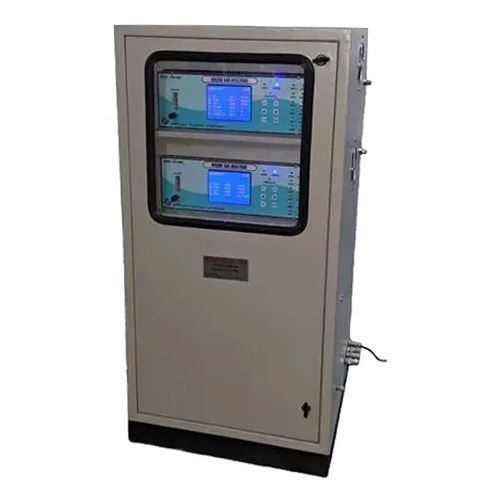

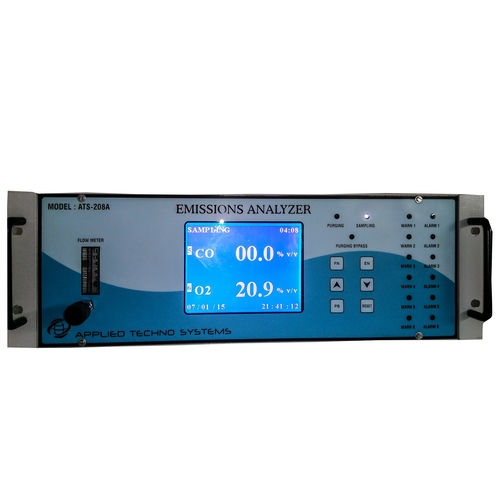
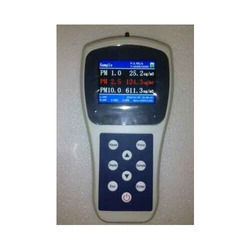
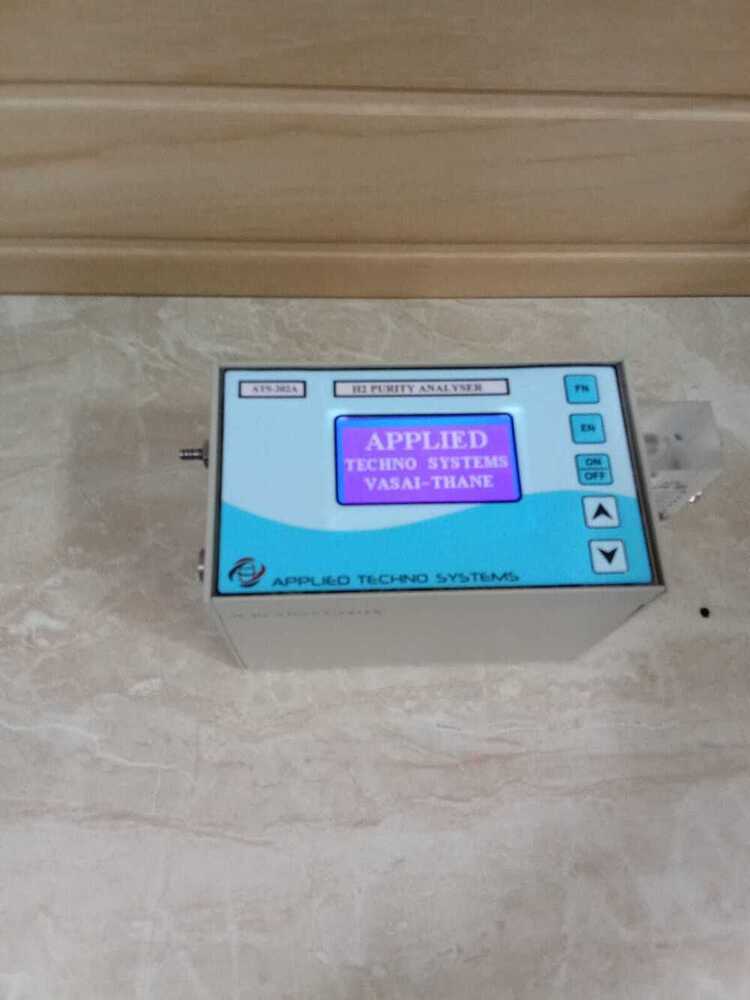
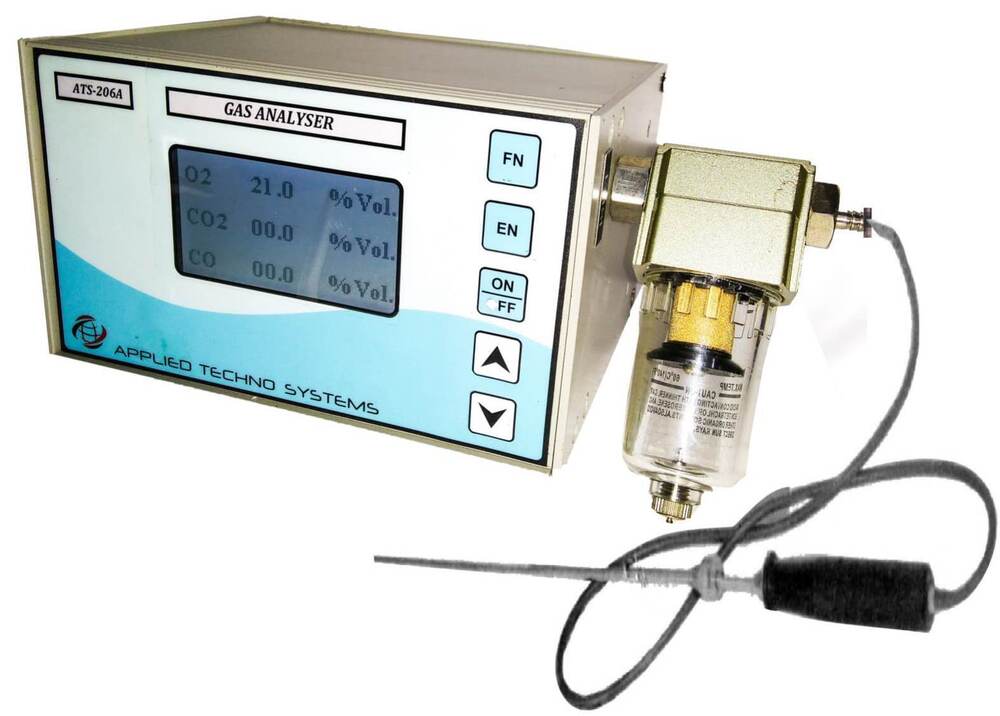

 English
English Spanish
Spanish French
French German
German Italian
Italian Chinese (Simplified)
Chinese (Simplified) Japanese
Japanese Korean
Korean Arabic
Arabic Portuguese
Portuguese